Norwegian ammonia producer Yara Clean Ammonia has partnered with Spanish energy company Cepsa to develop the first green hydrogen corridor between the ports of Algeciras and Rotterdam.
This collaboration builds upon a memorandum of understanding (MoU) signed by CEPSA and the Port of Rotterdam in October last year, which aimed to establish a green hydrogen corridor between southern and northern Europe.
As part of the partnership, Yara Clean Ammonia (YCA) will supply Cepsa with clean ammonia, enabling the energy company to kick-start the establishment of the clean hydrogen corridor. Additionally, Cepsa will be able to deliver clean hydrogen molecules to Yara Clean Ammonia’s global supply base and logistics network, facilitating the marketing of clean hydrogen and clean ammonia to industrial and maritime customers in Rotterdam and Central Europe.
Cepsa intends to construct a new green ammonia plant at its energy park in San Roque, Cádiz, near the port of Algeciras. The plant will have an annual production capacity of up to 750,000 tons.
Magnus Krogh Ankarstrand, President of Yara Clean Ammonia, expressed his enthusiasm for the partnership, stating, “This partnership will lay a solid foundation for industrial efforts to secure clean ammonia and hydrogen for several downstream applications in Europe while securing the clean transformation goals.”
Maarten Wetselaar, CEO of Cepsa, emphasized the importance of the agreements in advancing the Andalusian Green Hydrogen Valley and implementing the first maritime corridor of sustainable fuels between the South and North of Europe. He added, “Green hydrogen and its derivatives are the fastest, most viable, and competitive solution to accelerate the energy transition in heavy transport and ensure energy independence in Europe.”
Clean ammonia is considered an effective alternative for decarbonizing maritime transport, and by 2026, shipping companies are expected to expand its use to reduce CO2 emissions by 100%. The production of clean ammonia, which combines clean hydrogen and atmospheric nitrogen, as well as its use as a fuel, are both carbon neutral.
Furthermore, ammonia is easier and more sustainable to transport than hydrogen, as it can be transported at a higher temperature (-33°C for ammonia compared to -253°C for hydrogen). Once transported, clean ammonia can be converted back into hydrogen for distribution, as is planned in the Port of Rotterdam, where a terminal will be constructed to facilitate this conversion and channel clean hydrogen through pipelines to Germany, Belgium, Denmark, and the Netherlands.
This commitment to sustainable maritime fuels aligns with the European Commission’s Fit for 55 package, which includes the “FuelEU Maritime” initiative aimed at stimulating demand for sustainable alternative fuels in maritime transport and reducing greenhouse gas emission intensity by specific targets.
Moreover, the development and use of sustainable fuels contribute to several of the United Nations’ Sustainable Development Goals, including affordable and clean energy, decent work and economic growth, responsible consumption and production, and climate action.
The partners concluded that clean hydrogen is expected to constitute one-third of the fuel used in global land transport and 60% of maritime transport by 2050. Furthermore, it will play a pivotal role in storing energy from a 100% renewable electricity system.

